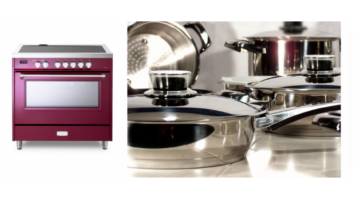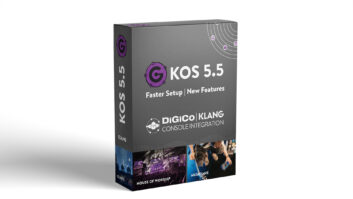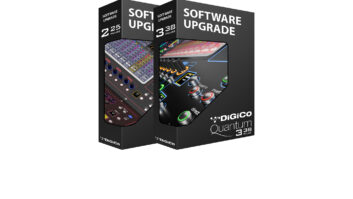In the early 2000s, some U.S. psychologists wanted to see if preemptive reward, in the form of free mints at a restaurant, would lead to increased tips for servers. Beyond this, they tried to see if the method of delivery and the increased awareness of the mints would bring further financial reward for those servers.
After comparing their findings to parties who were given their checks without mints, they saw some startling results. In the end, the results showed that:
● Servers who gave mints with the check, but made no mention of the mints, saw a 3 percent increase in tips.
● Servers who gave out two mints per person, by hand, and then mentioned to the table, “Would anyone like some mints before they leave?” saw their tips increase 14 percent.
● Servers who brought out the check, along with a few initial mints, then waited a little while before they came back with another set, asking if they wanted extra, saw a 23 percent increase in tips overall
So what can retailers learn from this free mints experiment? Most importantly, the role that consistent recognition, reward and personalization plays on the happiness and overall spend of regular customers.
But, today, a lot of loyalty programs are predicated on the goal of rewarding the highest spending customer, rather than the loyal, but average customer and net-new prospect. For example, earlier this year Sears CEO Eddie Lampert said his Shop Your Way program has tens of millions of members who now account for more than 70 percent of total company sales; however, a significant incentive and rewards system is offered only to VIP-tier members, who spent the most during a certain amount of visits.
Likewise, Starbucks transitioned to the same type of system last year, when it changed from a system based on rewards for visits to a rewards system based on spending, which outraged and alienated a lot of loyal customers.
While higher carts and purchasing frequency are one of the primary goals of a retail business, activating low-impact customers and converting net-new customers into valuable customers should be just as integral as rewarding top-tier customers. How do retailers convert these customers to rewarding, financially beneficial super users? A premium loyalty program experience.
In a premium loyalty program, customers, for a nominal financial investment, are presented with benefits upfront, such as premium content, free two-day shipping, or streaming video, which provide everyday value to them outside the shopping ecosystem. This strategy not only activates casual customers, but also provides them with incentive to shop more frequently since they are being immersed in your brand experience.
Amazon Prime, for example, originated on the concept of solving pain points, while also providing unique benefits upfront that would, in theory, entice shoppers to spend more time on their site. Its success has been unparalleled, as Amazon has built a loyal stream of customers who not only embrace the small financial investment upfront, but keep coming back at one of the highest clips in the industry.
So, once again, what can we learn from free mints? First and foremost, it’s not only the fact that there are rewards in the first place, but the importance lies in how you present and personalize your rewards towards your customers that matter. Simply put, it’s important to know that everyone wants rewards for being a loyal customer — but how you tailor and enhance the rewards experience will determine how diverse and vast your brand advocate audience will be.
Tom Caporaso is CEO of Clarus Commerce, a provider of e-marketing loyalty programs for numerous brands. Claurus also operates the subscription service portals FreeShipping.com and ShopSmarter.













